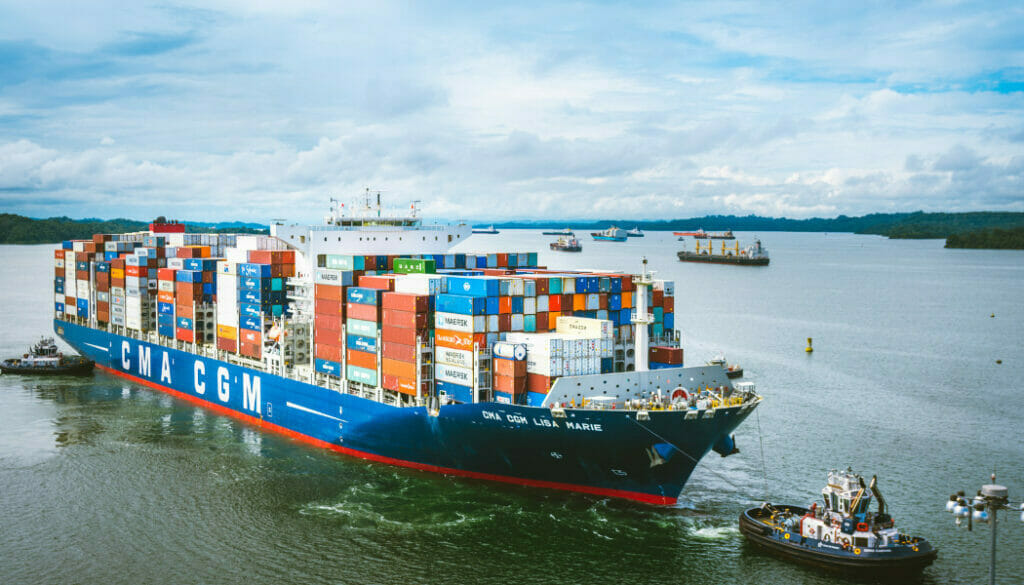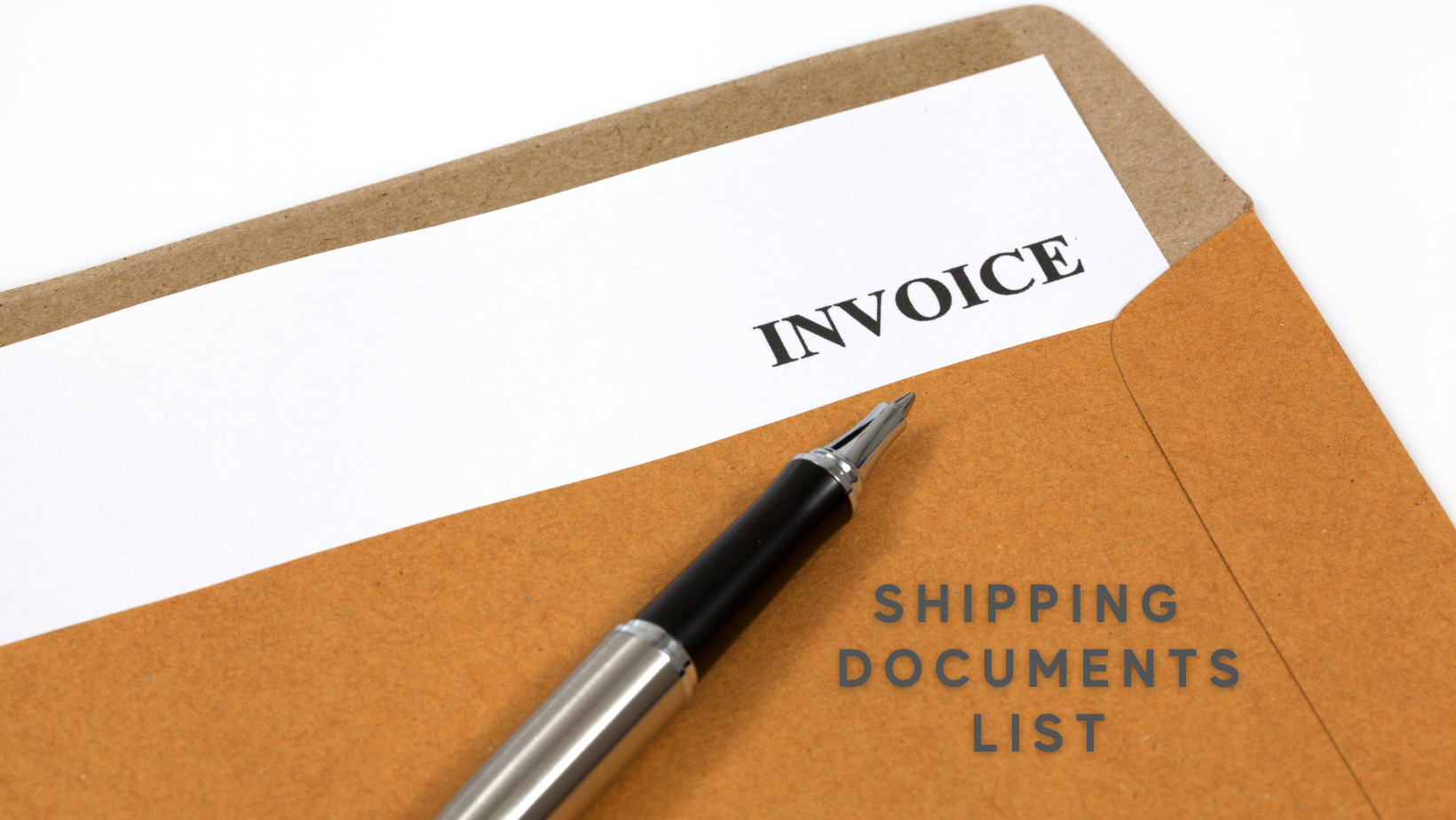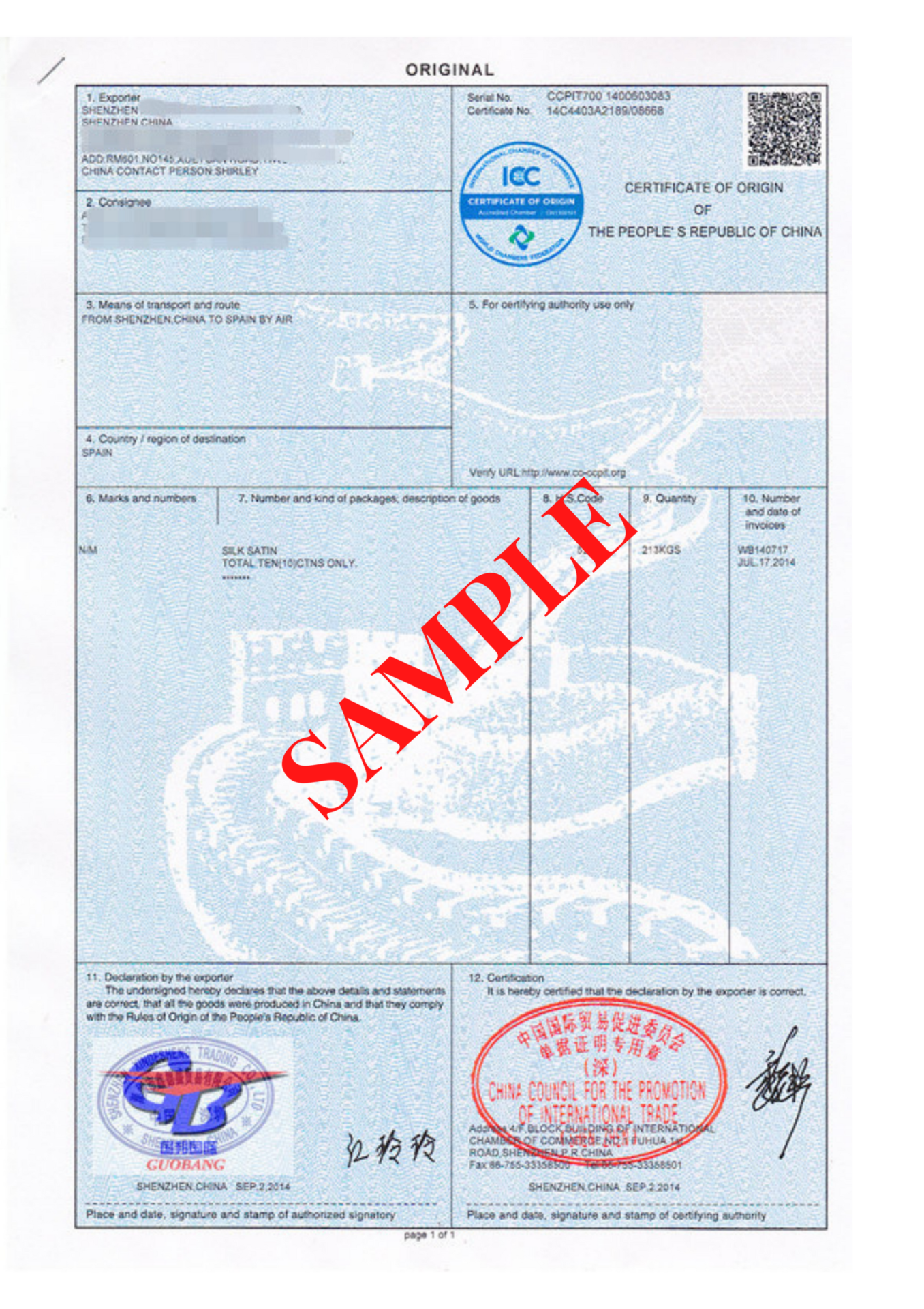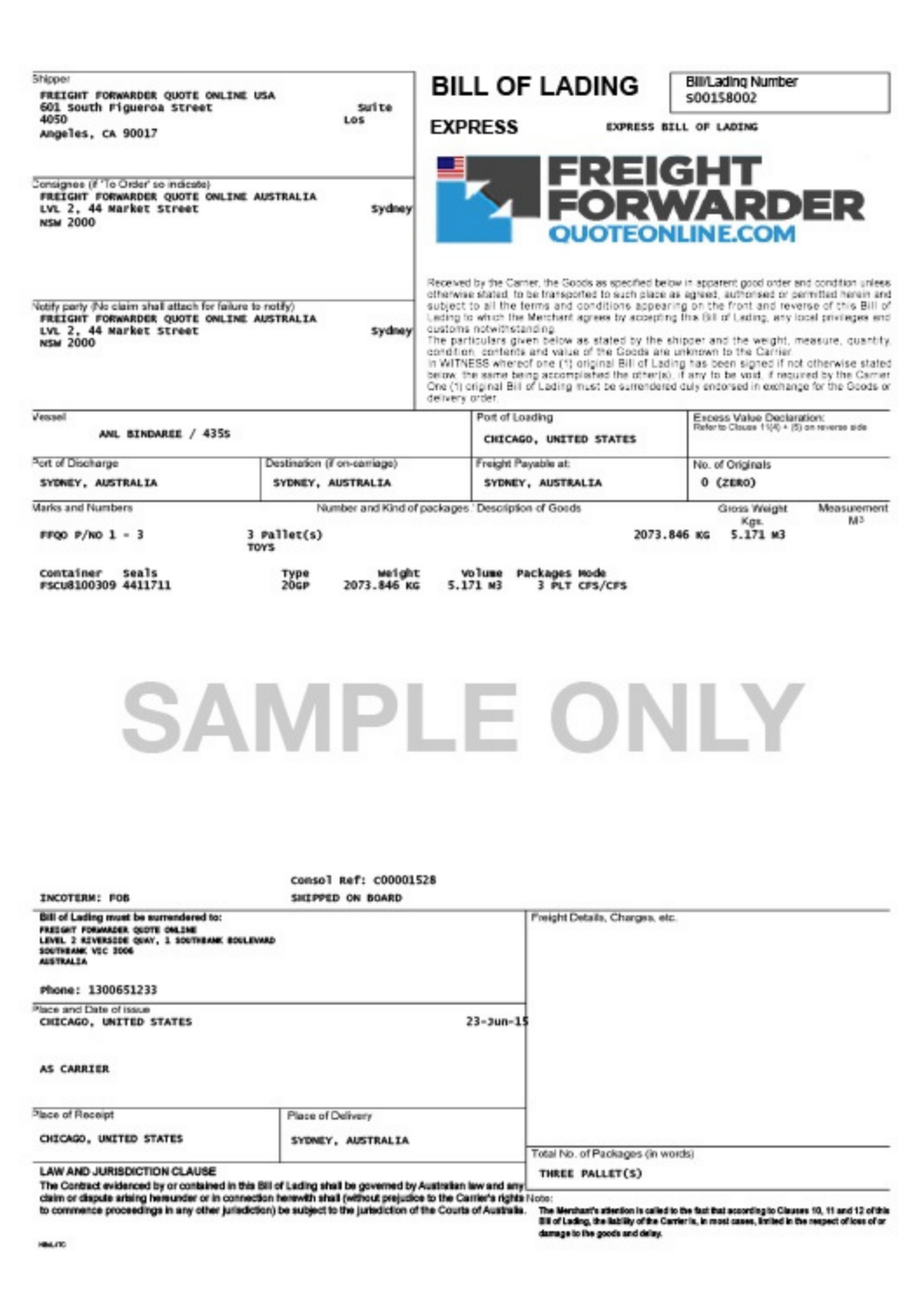You’ve reached the right place if you’re browsing for the shipping documents required for international shipping. We’ll go through the list of shipping documents that are required for global trade.
As well as the significance of shipping articles, in this post. This page will provide you with all of the information you want regarding shipping documentation.
Are you excited? So, let’s get started.
8 Shipping Documents Required for International Shipping
Many customers are perplexed by the numerous elements of shipping, such as research, product listing, freight forwarders, shipping time, customs clearance, and so on.
However, in this post, we will examine the less glamorous aspect of shipping, namely the shipping documents that are required to deliver the merchandise.
I’d venture to suggest that the less glamorous elements of shipping are significantly more vital than the flashy aspects. Because of the importance of the non-glamorous side of shipping, we’ve been concentrating on it.
After reading the list of shipping documents articles and understanding the significance of shipping documents, I am convinced that you will agree with my point of view.
Shipping Documents List
The following is a list of international shipping documents that are mandatory.
- Proforma Invoice
- Commercial Invoice
- Packing List
- Certificates of Origin
- Shipper’s Letter of Instruction
- Bills of Lading
- Dangerous Goods Forms
- Bank Draft
1. Proforma Invoice
A proforma invoice is the most important shipping documents in international shipment. Everything starts in a formal export procedure when you want to ship your items and get an inquiry about them. A regular quotation is included with the inquiry.
You may have an appropriate quotation to utilize if you receive an inquiry from a local prospect. In international shipment, however, your quote is treated as a proforma invoice. That’s why, in international shipment, a proforma invoice is the most common shipping document.
A proforma invoice resembles a commercial invoice in appearance. The following are the characteristics of a proforma invoice:
This transaction is agreed upon by both the buyer and the seller.
- A thorough description of the products.
- HS Code of the products.
- Shipping price
- Shipping Cost
- Shipping Incoterm, whichever is selected between buyer and seller.
- Details about Port of Origin and Port of Destination.
Please double-check that your proforma invoice has the right expiration date. As a result, handle it carefully, as it is the most commonly mishandled shipment document in recent years.
2. Commercial Invoice
After your supplier has successfully issued the proforma invoice to an overseas prospect and received the order, the following step is to prepare the package for delivery, which includes all of the necessary paperwork for customs clearance.
A commercial invoice is the most significant shipping document out of all of them.
The commercial invoice contains all of the information regarding the shipping procedure from beginning to conclusion.
A commercial invoice is distinct from any other invoice you would use for a domestic transaction. The reason for this is because those voices are employed to earn money rather than for export.
The Commercial Invoice is similar to the Proforma Invoice in appearance, but it includes extra information such as banking details and payment method.
3. Packing List
A packing list (P/L) is an inventory of imported goods that must be included with the commercial invoice and shipping documents for customs clearance in commercial goods.
The following information or documents are usually included in the packing list:
- the exporter’s name,
- The importer’s name,
- The shipping company’s name,
- Date of production,
- The freight invoice number,
- Packaging Types (carton, box, barrel, bag, etc.),
- Number of boxes in total
- Each package’s content (Details description of the goods and number of items per package),
- Numbers and marks,
- The packages’ gross weight, net weight, and dimensions.
4. Certificates of Origin the most required shipping documents
Another crucial shipping document is the Certificate of Origin, which is necessary for international shipment. Some nations require Certificates of Provenance only to verify the items’ origin.
Certificates of Origin are signed by semi-official organizations such as Chambers of Commerce or local shipping agents, and they are meaningless without a stamp or signature. It’s usually necessary when putting information about the nation of origin on a commercial invoice.
The cost of signing and stamping these certificates is usually charged by a Chamber of Commerce. You must supply them with all of the necessary information, and they must stamp it for you.
Specific -Country Certificates
With a standard certificate of origin, certain nations additionally demand particular certificates of origin. The United States just concluded a free trade agreement with 25 other countries.
When you export your items to certain nations, the duty rates are very low or nearly non-existent. China, Mexico, Argentina, Germany, France, and other countries are some of them.
5. Shipper’s Letter of Instruction
The freight forwarders, who are responsible for getting your items from the seller warehouse to your ultimate destination while following all standards, are the most significant party you will work with while exporting the products.
Some crucial shipping documentation is required by your freight forwarder. The Shipper’s Letter of Instruction is the most crucial shipping document required by freight forwarders for effectively delivering items, particularly from China to the United States.
The fact that the Shipper’s Letter of Instruction (SLI) grants your freight forwarder limited Power of Attorney so that he or she may make decisions on your behalf in the event of an emergency demonstrates the relevance of this shipping document.
6. Bill Cof Lading the most required shipping documents
Bill of Lading (BOL) is another important shipping document for importing and exporting goods. There are three important documents on the Bill of Lading (BOL).
- Inland Bill of Lading
- Ocean Bill of Lading
- Air Waybill of Lading
Inland Bill of Lading
An Inland Bill of Lading is the first transportation document that is required by your carrier. You can prepare it yourself and you can also create it from inland carriers. It is generally a legal contract between shippers and exporters to make sure about the route of shipping.
Ocean Bill of Lading
The Ocean bill of landing is another very important shipping document. It is required when you are going to ship through the ocean. It is also a contact between carrier and exporter to make sure which ocean route is best for shipping.
Air Waybill
Airway Bill of Lading is the third document and it’s a very important shipping document while shipping via Air Freight. It is an agreement between the carrier and the shipper.
7. Dangerous Goods Forms
This is one of the shipping documents that is required only when your products are declared dangerous by either the International Maritime Organization (IMO) or the International Air Transport Association (IATA).
Shipping dangerous documents is a very complex and difficult process. If you want to ship such products, you must have an experienced team who are perfectly trained in packaging, labeling, and documentation of these products.
Again, these forms are required when you are going to ship products that are considered dangerous such as chemicals, Atoms, Explosive Gases, and Weapons, etc.
8. Bank Draft
A bank draft is the last shipping document from the list of Shipping documents. It plays a vital role in transferring ownership of products from the seller to the buyer in exchange for money.
It is also known as Documentary Collection. In it, the seller attaches multiple legal documents with a bank draft.
The seller’s bank sends the bank draft and the relevant documents to the buyer’s bank via freight forwarders. Once the buyer gives a green signal for the payments of the products,
the buyer’s bank sends the documents to the buyer and simultaneously transfers the money to the seller’s bank.
summary of shipping documents
Shipping merchandise to another nation necessitates compliance with US export restrictions for departing the country. Check to see whether your shipment documents match the rules for entering another country.
To do so, double-check that all of your documents are in order. Mistakes or non-compliance can slow down the process and, in certain situations, take a long time and money to fix.
Details are the common denominator when it comes to comprehending and executing the documentation required to export your merchandise.







